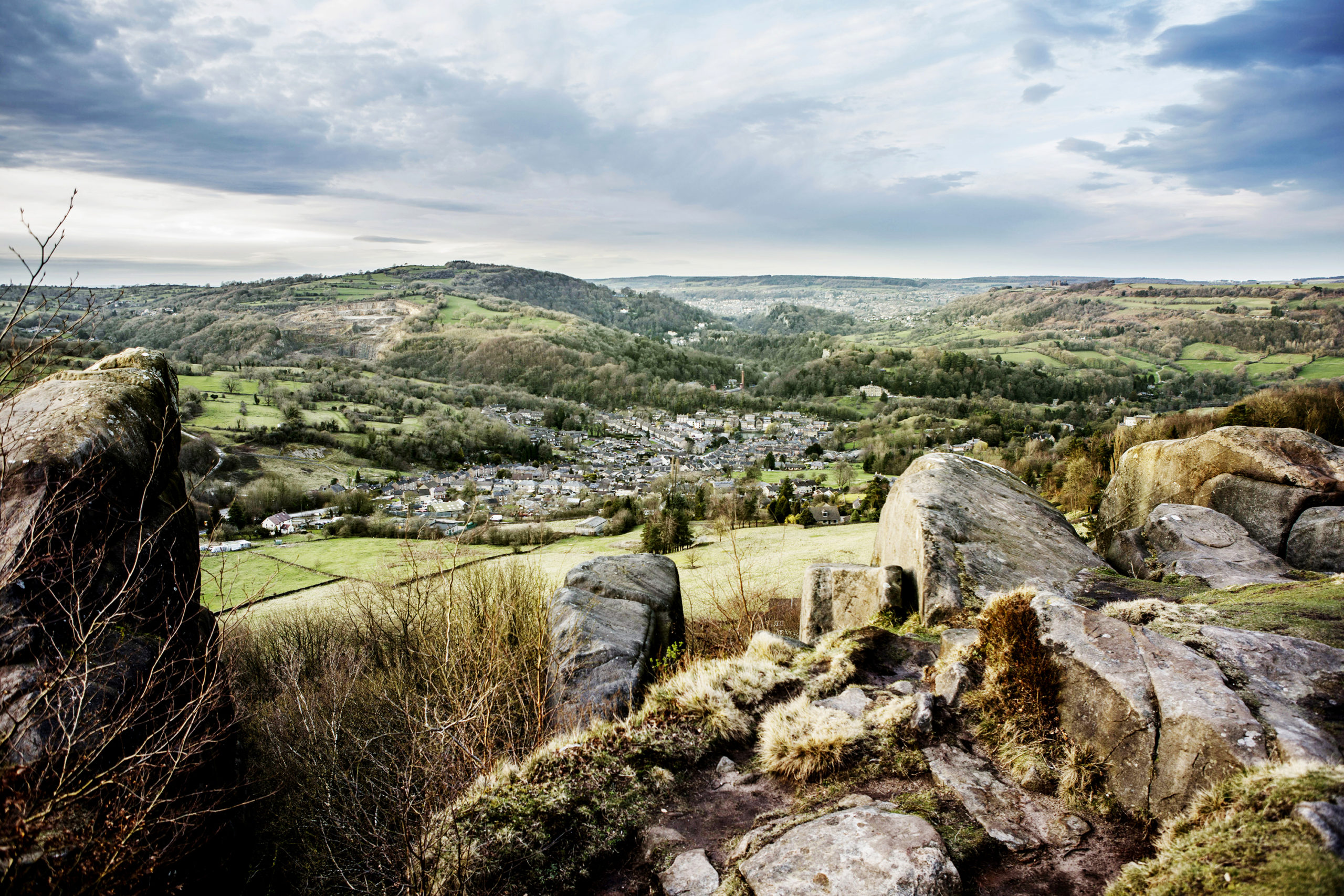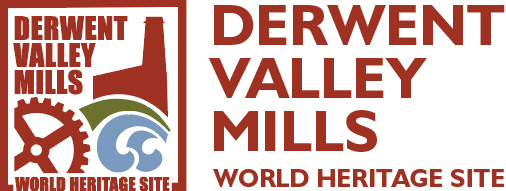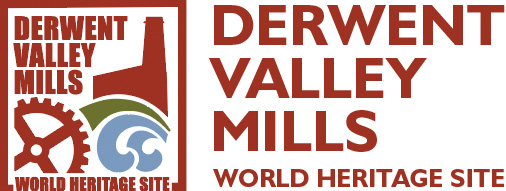About the Derwent Valley Mills
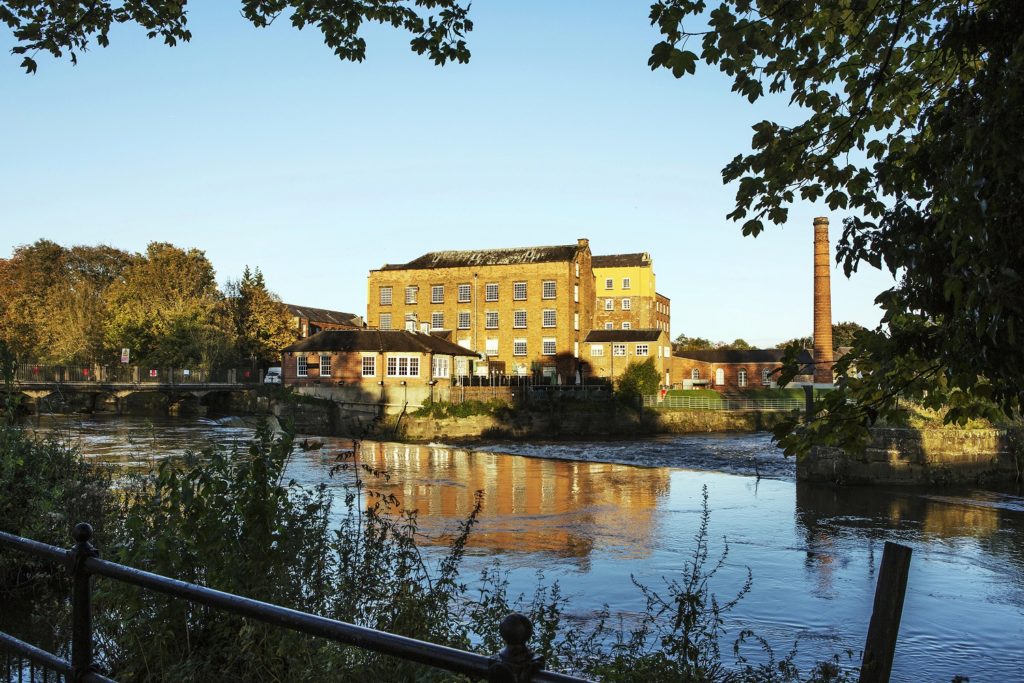
About the Derwent Valley Mills World Heritage Site
This section of the website will tell you all about the Derwent Valley Mills World Heritage Site and its commitments to UNESCO’s World Heritage Convention.
The Derwent Valley Mills and the surrounding landscape were inscribed as a World Heritage Site by UNESCO in 2001. The reason for this international recognition is that the valley saw the birth of the factory system, when new types of building were erected to house new technology for spinning cotton. The need to provide housing and other facilities resulted in the creation of the first modern industrial settlements.
World Heritage Inscription comes with responsibilities, as laid out in the World Heritage Convention, to which HM Government is a signatory. These require that the Derwent Valley Mills Site and its surrounding landscape is ‘protected, conserved, presented and transmitted to future generations’. HM Government requires management plans to be in place for all the World Heritage Sites on its territories to fulfil its obligation to the Convention. The Government has delegated the responsibility for the production of the DVMWHS Management Plan, and the oversight of its implementation to the Derwent Valley Mills World Heritage Site Partnership.
Our Mission
To maintain the Outstanding Universal Value of the Derwent Valley Mills World Heritage Site by protecting, conserving, presenting, enhancing and transmitting its culture, economy, unique heritage and landscape in a sustainable manner.
Our Vision
Create and promote a local, national and international understanding and identity for the Derwent Valley Mills World Heritage Site as a cohesive and coherent whole, based on its global significance for all of humankind.
Our Aims:
- Protect and conserve the Outstanding Universal Value of the DVMWHS to ensure its transmission to future generations. Aim 1 is paramount and all other aims must not conflict with it.
- Promote public awareness and engagement with the DVMWHS by presenting its Outstanding Universal Value through formal/informal learning, volunteering, events, interpretation and encouraging research.
- Promote the sustainable development (Environmental, Economic and Social) of the DVMWHS to provide a world-class destination where people are proud to live, work, visit and invest.
- Enhance the social wellbeing of the DVMWHS communities and maximise the benefits of the site’s cultural value at a local, regional, national and international level.
- Develop an integrated and sustainable approach to meeting and promoting the transportation and accessibility needs of the DVMWHS and its users.
- Promote a cohesive and coherent understanding of the DVMWHS by identifying its differing spatial needs and priorities.
- Monitor the DVMWHS to the standard required by UNESCO, and encourage site-wide data gathering to support the delivery of the above aims.
World Heritage Status
How does a place become a World Heritage Site? Why was the Derwent Valley chosen? List and links to UK World Heritage Sites
Find out More
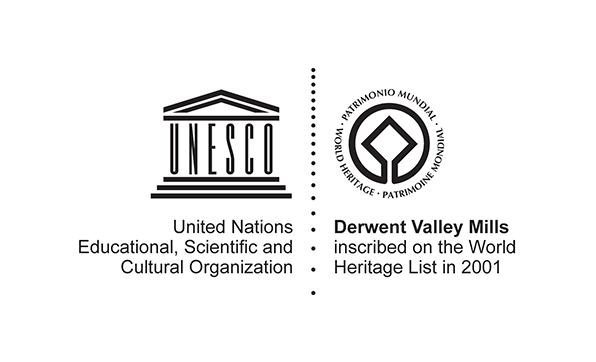
Outstanding Universal Value
Statement of Outstanding Universal Value; Annual Report and Key Performance Indicators; Monitoring Views; Attributes of Outstanding Universal Value
Find out More
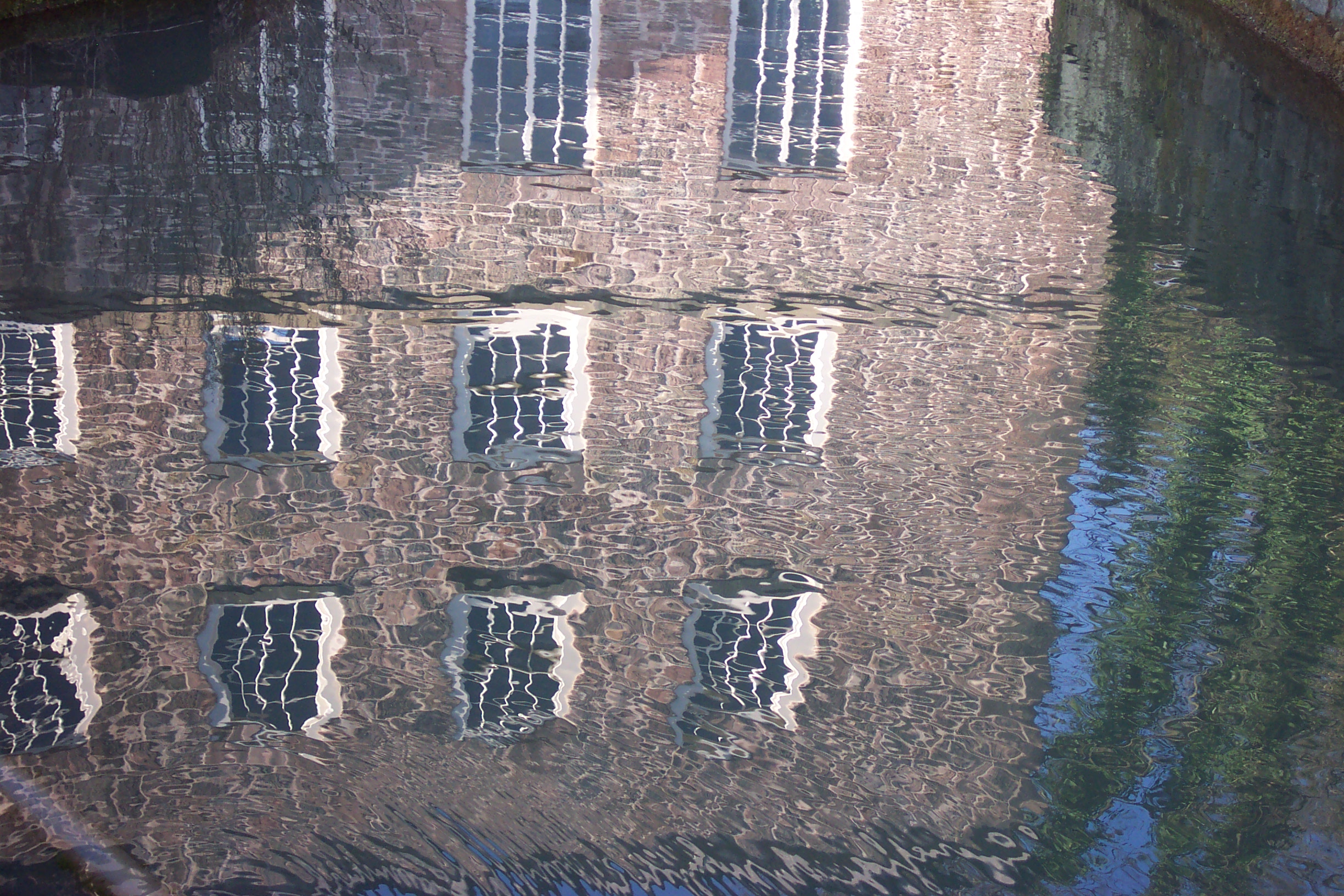
The Management Plan
The Management Plan looks at the main issues affecting the site and gives objectives and a programme of actions to ensure a co-ordinated approach and framework to its management.
Find out More
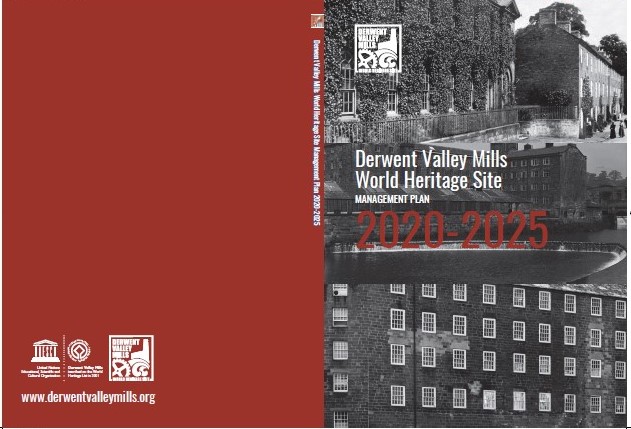
Protecting Our Heritage
The main reason for the establishment of the World Heritage List was for protecting our heritage and to prevent the loss of sites of international significance.
Find out More
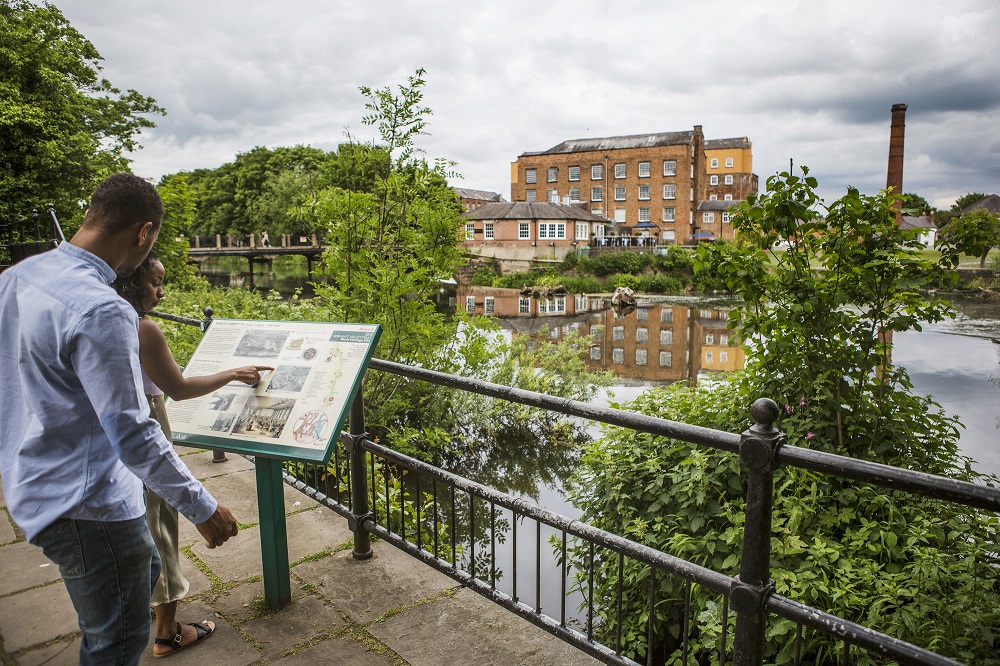
Governance
Governance of our World Heritage Site is vital but complex, particularly as it has such a wide range of stakeholders, from large organisations to individual house owners.
Find out More
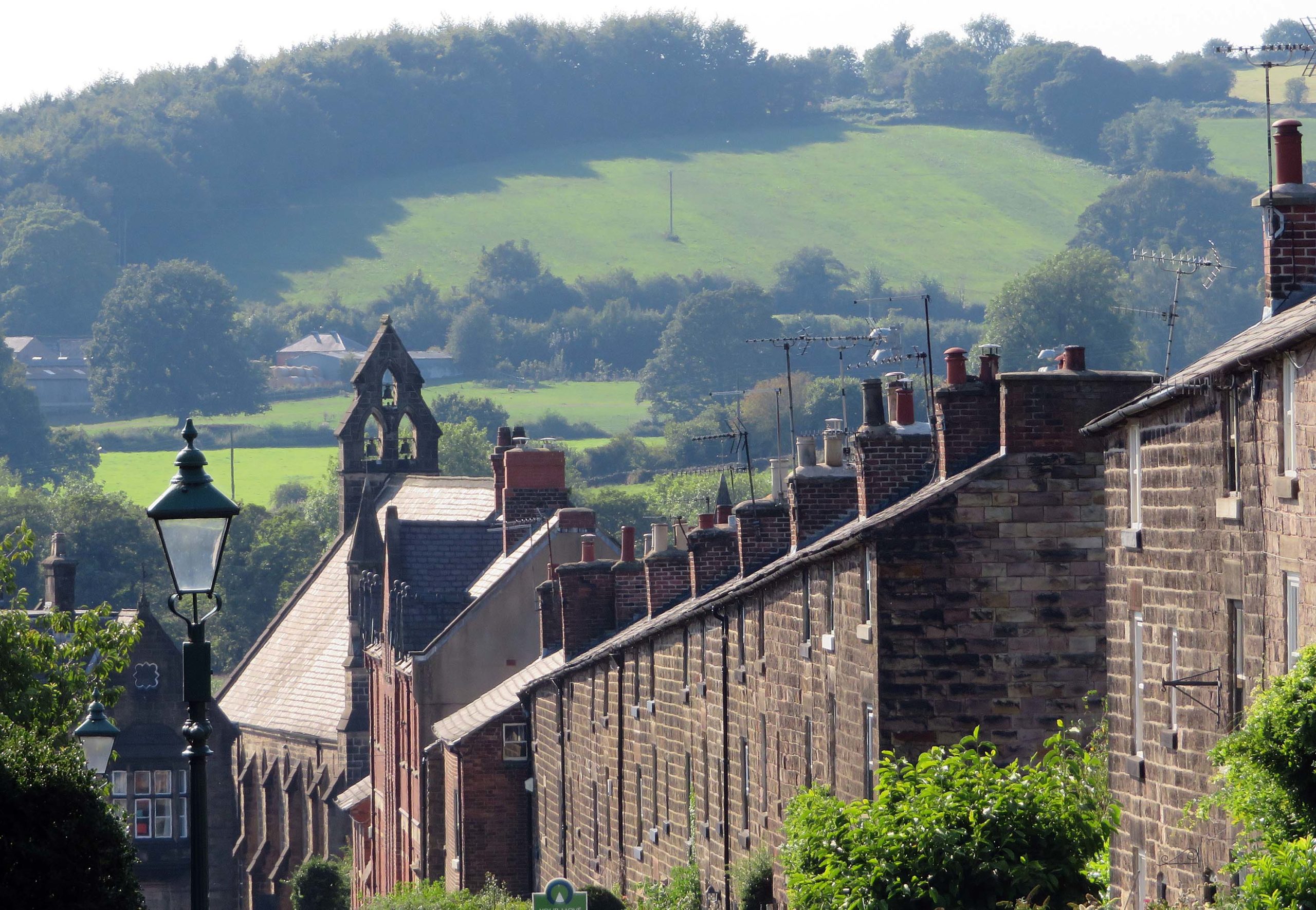
Job Opportunities
Job opportunities within the World Heritage Site
Find out More
